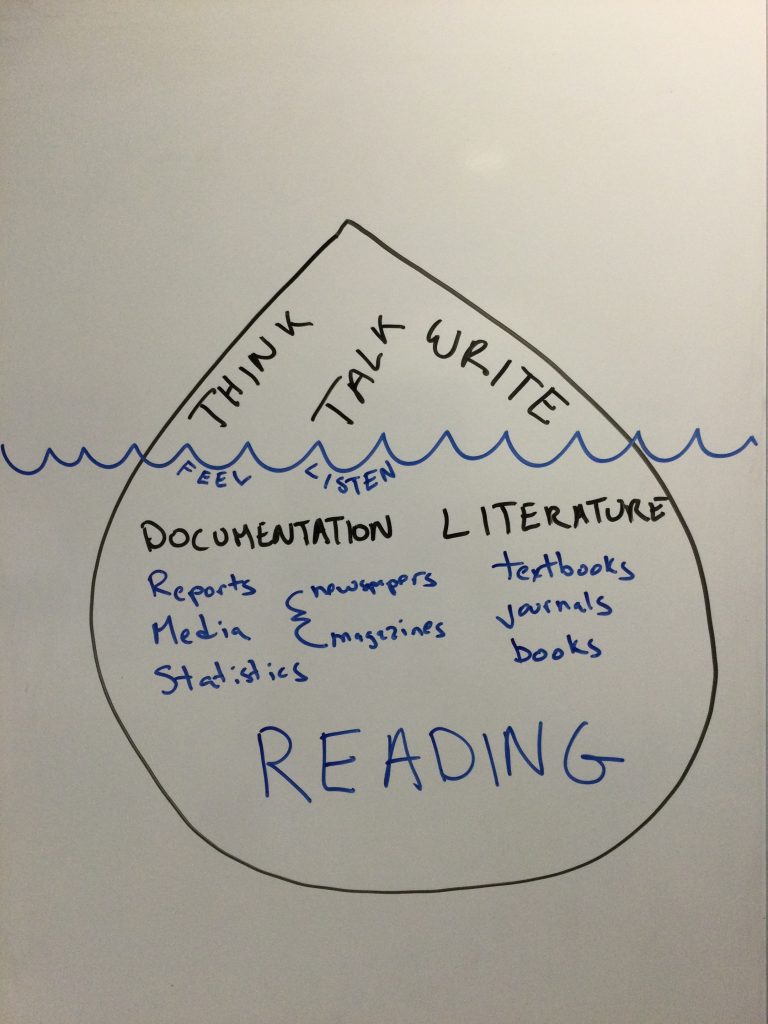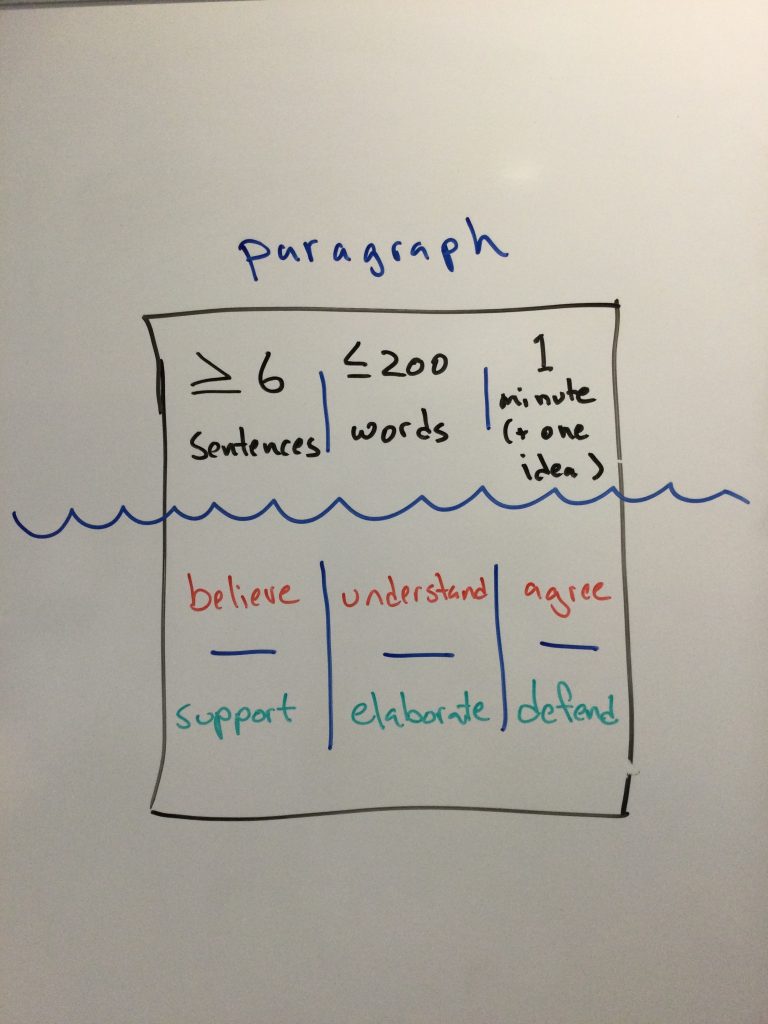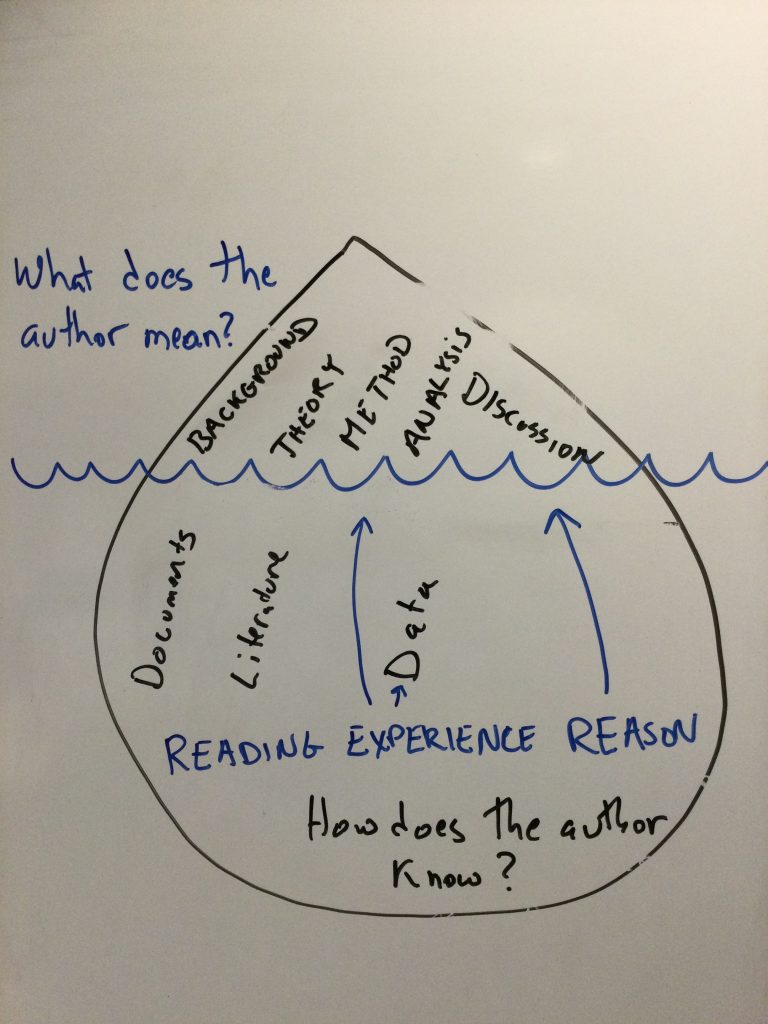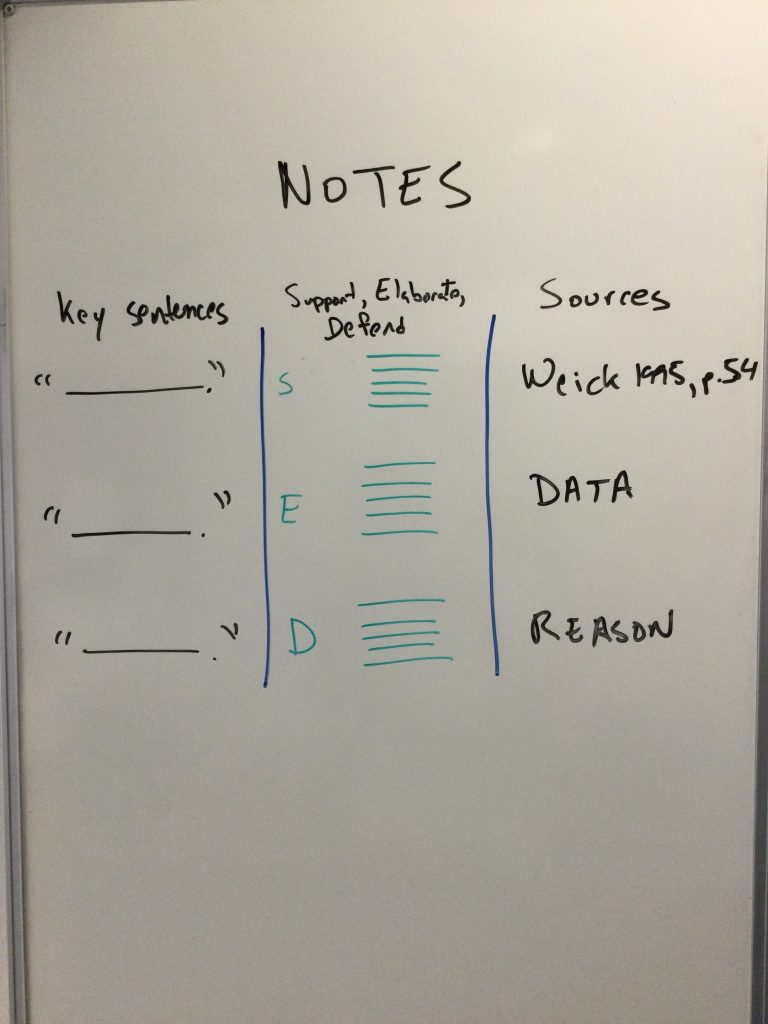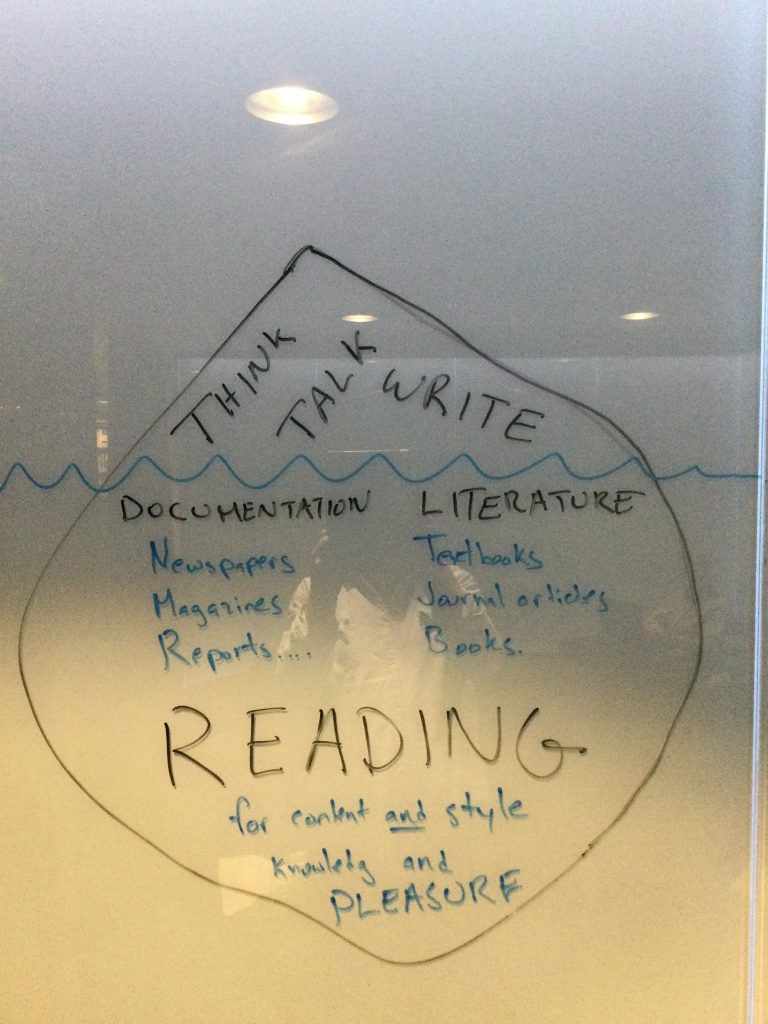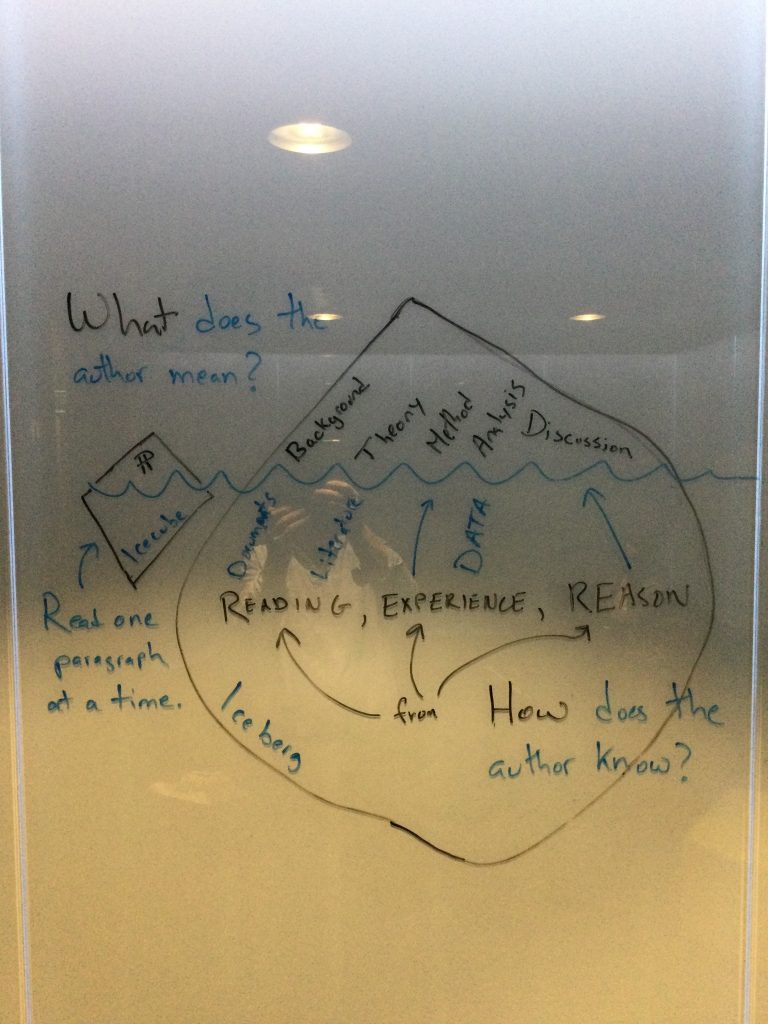(Part of the Art of Learning series.)
Reading is an important part of learning. Indeed, in Danish we don’t “go to university” we “read at university”, we don’t “study marketing”, we “read marketing”. In this talk, we get into how to decide what to read, how to find good reading material, and how to read the texts you find (and are told to read by your teachers) effectively.
Unfortunately, the audio for the 2023 didn’t get recorded, but above you can see the 2022 version of the talk. I apologize for the lighting. Here are some more legible versions of the drawings on the board.
In addition to providing some reading suggestions, I was trying to get two main messages across in this talk. The first was that, as in the case of any craft, to be a “good” reader means, in part, being able to enjoy reading. A good reader can find the joy in reading just like a good painter can find the joy in painting (and like an art “appreciator” can, well, appreciate art.) As you develop your reading skills, please remember to look for the pleasure in the activity and cultivate it wherever you find it. You will be doing a lot of reading as a student so you want to find a way to do it at least comfortably. The second was that, like writing, reading should be done one paragraph at a time. Just as you write a paragraph in support, elaboration, or defense of a single claim, you should read paragraphs as though they’re trying to support, elaborate, or defend individual truths. The notes from your reading should reflect this, even if they sometimes merely reflect your difficulty in making sense of what the author was trying to accomplish. Your notes should be a record of your struggle to understand the text, paragraph by paragraph.
I would like to emphasize Wayne Booth’s mythical Oxford tutorials. Every text can be approached through two questions: “What is the author trying to say?” and “How does the author know?” We can ask these questions of the entire text, requiring us to summarize the overall point, and the multiple sources of knowledge the author employs. Or we can, as I recommend, ask these questions of each individual paragraph in the text, making an “after-the-fact outline” of it (a list of its key sentences) with some notes about the sources that each paragraph is based on. (These notes should include references where possible, but also a qualitative description of the kind of source it is — document, literature, experience, data or reason.) We can approach a text in its full dignity as an iceberg, which, although it can be a bit daunting, is something every text deserves at one time or another; or we can approach as a series of individual ice cubes, which, when isolated from the (let’s call it) “deconstructed” authority of the whole, become easier to digest, which is to say, to approach as a critical reader.
See also: “The Art of Reading”, “Reading, Talking, Seeing”, “The Scholar”, “The Literature”, and “The Spread of Academic Literacy”
Here is the 2021 version of the talk:
Here are the drawings (as always, lightly retouched for clarity):
